Mostly animal lovers are very enthusiast about black squirrels keeping as a pet because this…
Why are red squirrels called boomers
Are you curious about the origins of red squirrels as boomers? Join us to unravel the mystery behind why red squirrels are called boomers. You might be wondering why these adorable creatures have such an unusual nickname. In this article, we delve deep into the world of red squirrels to uncover the truth behind what is a boomer squirrel.
We explore the various factors that contribute to their boomer status. So, Prepare and get ready to uncover the truth about red squirrels as boomers!
advertisement
Origin of the term “boomer squirrel”
The nickname "boomers" gained popularity among enthusiasts and wildlife observers who found red squirrels' playful behavior reminiscent of children or young animals bursting with energy. They often exhibit boundless enthusiasm and curiosity, which made the term "boomers" a fitting and endearing descriptor.
Red squirrels are known for their boomer behavior, which sets them apart from other squirrel species. The term "boomer" refers to their lively and energetic nature, as they are often seen darting through the trees, jumping from branch to branch, and engaging in acrobatic displays climbers, and leapers with ease. This behavior is believed with the term boomers around their habitats. Squirrels, including both black squirrels and red squirrels, use vocalizations (squirrel sounds) and body language to communicate with each other.
Other names for red squirrels
Interestingly, "boomers" is not the only nickname bestowed upon red squirrels. Red squirrels, known for their distinctive reddish-brown fur, have several other names and regional variations depending on the location and cultural influences.
Here are some of the other names of red squirrels:
Eurasian Red Squirrel: In Europe and Asia, the red squirrel is commonly referred to as the Eurasian red squirrel. This name helps distinguish it from other species of squirrels found in the same regions.
Sciurus vulgaris: This is the scientific name for the red squirrel, often used in formal settings and scientific literature.
advertisement
Pine Squirrel: Red squirrels are sometimes called pine squirrels due to their preference for coniferous forests, especially pine trees. They are known to nest and forage in pine-dominated habitats.
Chickaree: Red squirrels are occasionally known as chickarees in parts of North America, particularly in the Pacific Northwest. This term is also used to describe other species of squirrels in the region.
Fox Squirrel: In some areas, the red squirrel is called the fox squirrel due to its reddish fur, which resembles the coloration of a fox.
Canadian Red Squirrel: In Canada, the red squirrel is often referred to as the Canadian red squirrel, emphasizing its presence and significance in the country's natural ecosystems.
Fair Isle Squirrel: On Scotland's Fair Isle, a small island known for its unique wildlife, the red squirrel is sometimes called the Fair Isle squirrel.
Eurasian Tree Squirrel: This name highlights the red squirrel's arboreal nature, as they spend most of their time in trees.
Rufous Squirrel: "Rufous" is a term used to describe reddish-brown colors in animals, so the red squirrel is occasionally referred to as the rufous squirrel.
Skug: In some parts of England, red squirrels are known as skugs, adding to the diverse regional names for this species.
advertisement
Red Squirrels as Boomers: Myths vs. Reality
There are several myths and misconceptions surrounding red squirrels as boomers.
- One common myth is the belief that red squirrels only eat nuts. While nuts are an important part of their diet, red squirrels are opportunistic foragers and have a diverse range of food preferences. They are known to consume a variety of seeds, berries, fruits, fungi, and even insects. This adaptability allows them to thrive in different habitats and seasons.
- Another myth is that red squirrels hibernate during the winter. Unlike some other squirrel species, red squirrels do not hibernate. Instead, they rely on their scatter-hoarding behavior to sustain them through the colder months. Scatter hoarding is a unique behavior of red squirrels. By burying and retrieving food from their caches, red squirrels can maintain their energy levels and survive the winter.
It is also worth noting that not all red squirrels exhibit boomer behavior. While the majority of red squirrels display energetic and playful characteristics, there can be variations within populations. Factors such as age, sex, and individual personality can influence the extent to which a red squirrel exhibits boomer behavior.
However, boomer nature remains a defining trait of the species as a whole.
advertisement
Some FAQ…….
What is special about a red squirrel?
Let's explore some unique features and facts about red squirrels:
- Red squirrels have distinctive ear tufts or "tassels" of fur on the tops of their ears.
- While all squirrels have bushy tails, the red squirrel's tail is prehensile, which means it can be used to grasp and hold objects.
- Red squirrels build nests, called dreys, made of twigs, leaves, and moss, and usually situated high up in tree branches.
- Unlike many other squirrels, red squirrels are known for their “scatter-hoarding behavior”. They collect and bury food in multiple locations throughout their territory.
What is the red squirrel's nickname?
The red squirrel is commonly known by the nickname "tufted ear," boomer, "red coat," or simply "red squirrel." These names are derived from its distinctive features, such as the tufts of fur on its ears and its reddish-brown coat.
Additionally, in some regions, it may be referred to as the "Eurasian red squirrel" to distinguish it from other squirrel species
advertisement
What is a mountain boomer squirrel?
The mountain boomer squirrel or red squirrel is a squirrel species native to coniferous forests of western North America. It is larger than most other ground squirrels, with both males and females weighing up to two pounds. These agile animals feed on an array of vegetation, including seeds, nuts, berries, insects, and some other small animals. They are also expert tree climbers and often use them for protection from predators such as hawks and foxes.
What is the difference between a grey squirrel and a boomer squirrel?
The grey squirrel (Sciurus carolinensis) and the red squirrel (Sciurus vulgaris) or boomer squirrel are two iconic arboreal rodents that inhabit different regions of the world. The grey squirrel, native to North America, is widely recognized for its agile acrobatics, adaptable nature, and striking grey coat with white undersides. Its energetic demeanor and ability to thrive in urban environments have earned it a prominent place in North American ecosystems.
On the other hand, the boomer red squirrel, found in parts of Europe and Asia, sports a vibrant reddish-brown coat and displays more territorial behavior. Though smaller in size compared to the grey squirrel, it is known for its tenacity and preference for coniferous forests.
advertisement
What is a group of red squirrels called?
A group of red squirrels or any species of squirrels is called a “dray” or a “scurry”. The term "scurry" emphasizes the quick and nimble movements of squirrels, while "dray" is more specific and refers to a group of squirrels occupying a nest or communal living space. Both terms are used interchangeably to describe gatherings of these energetic and agile rodents.
advertisement
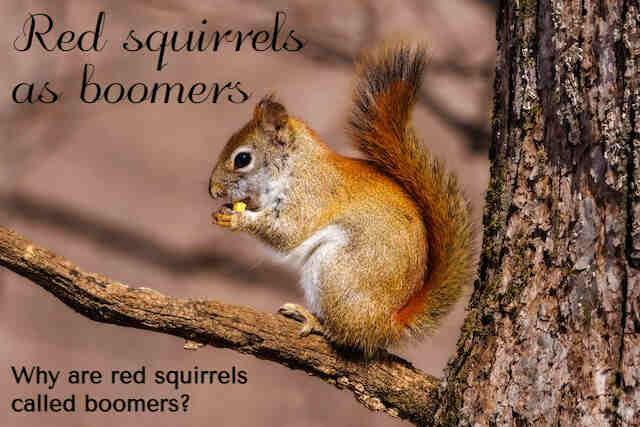






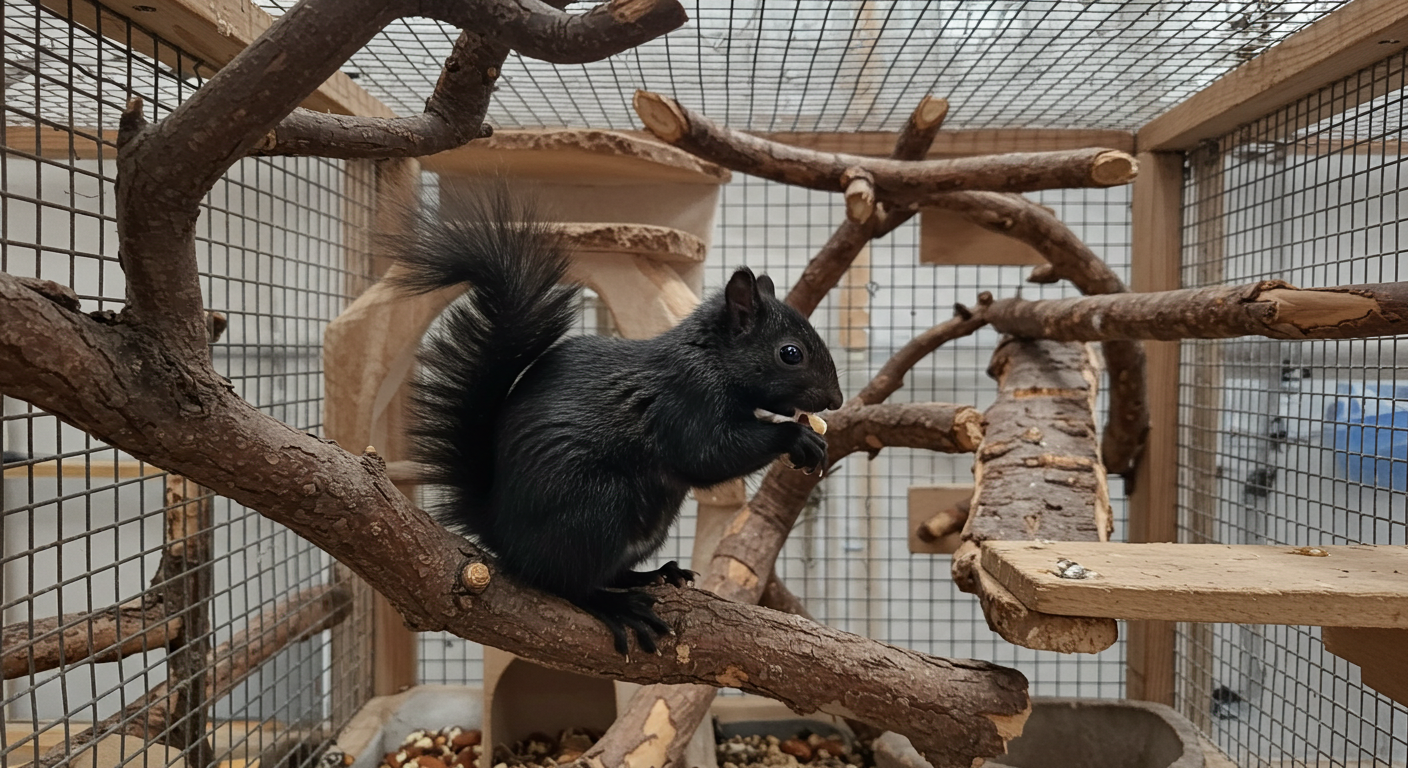

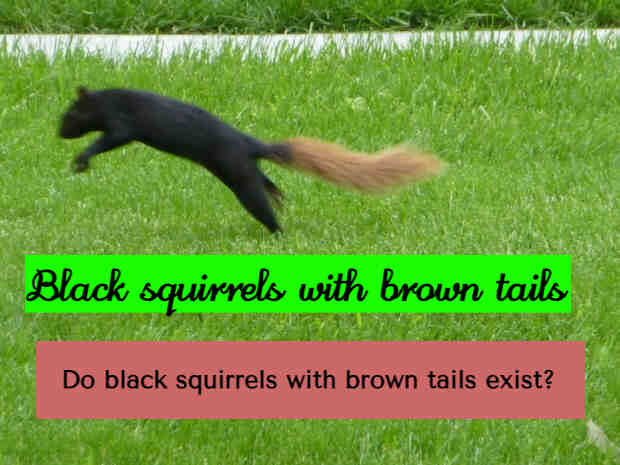
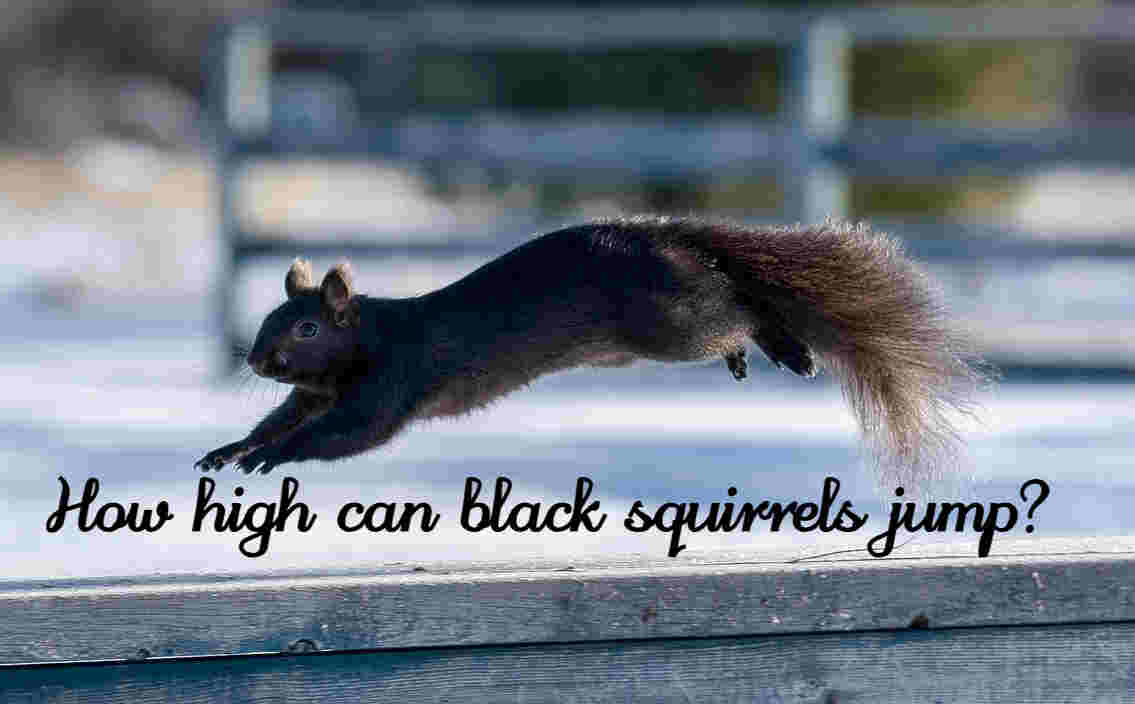
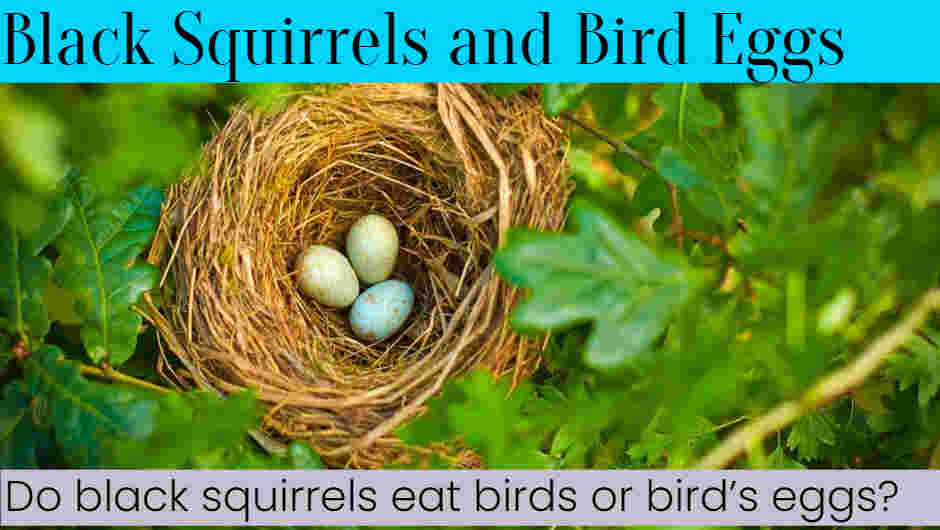

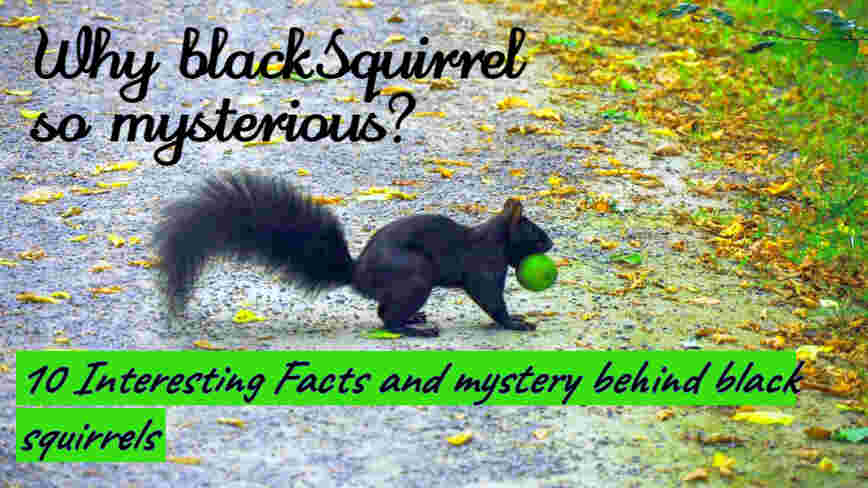
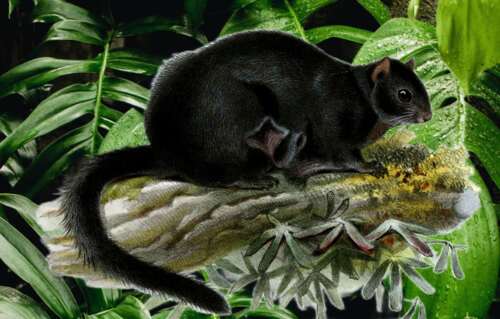
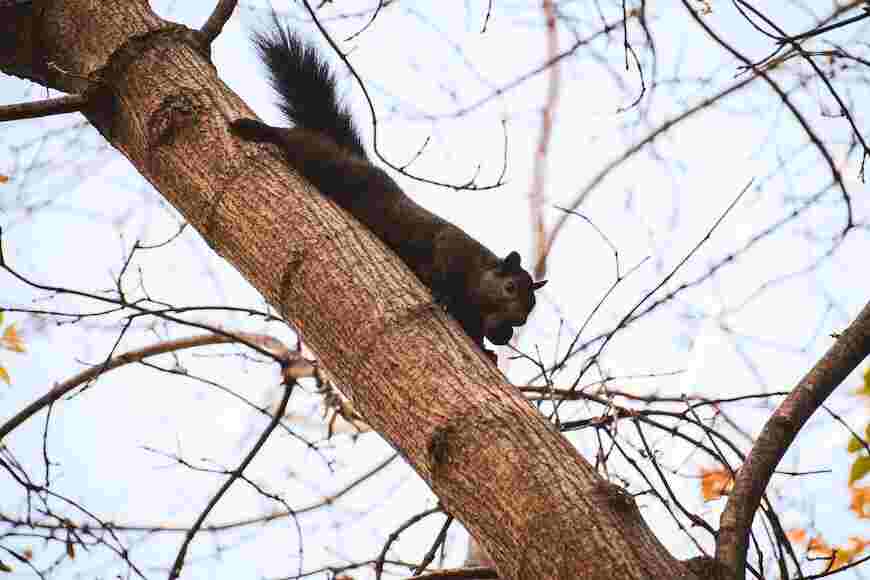
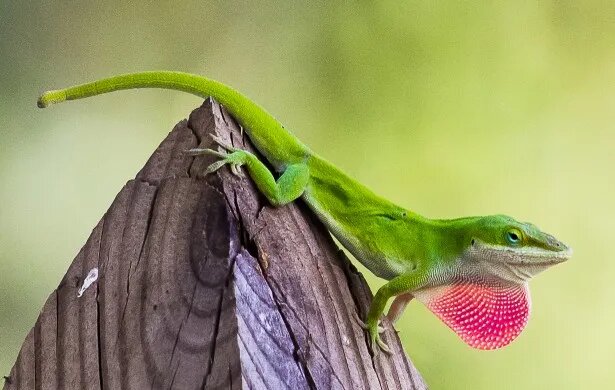
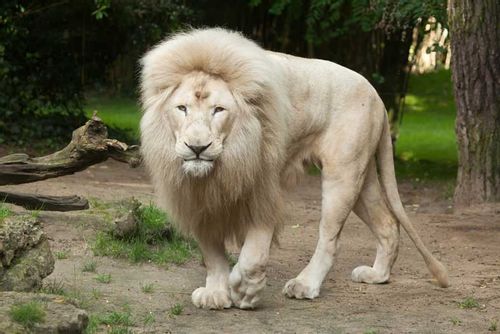
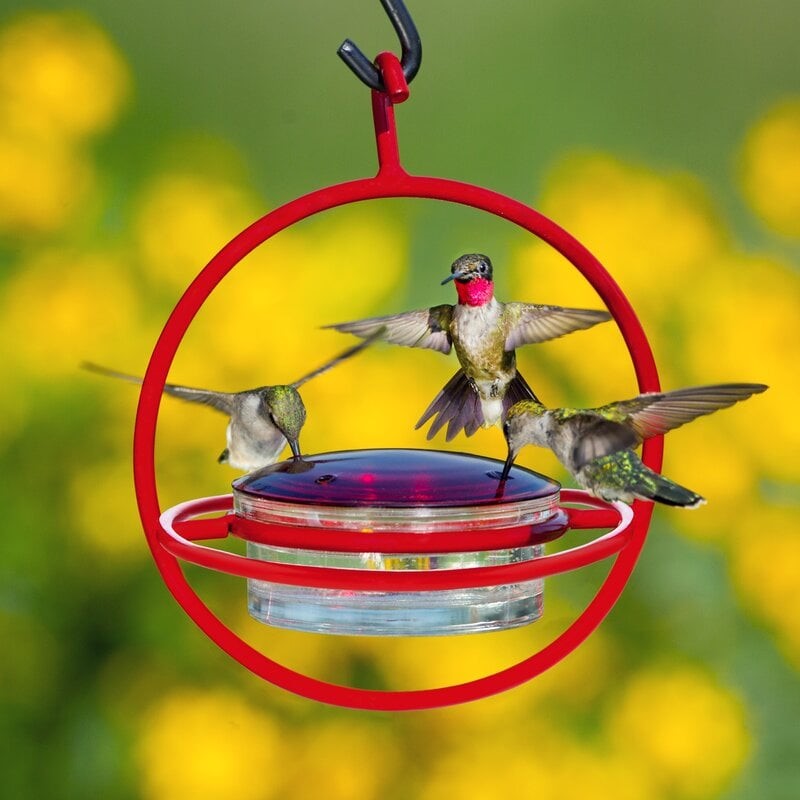

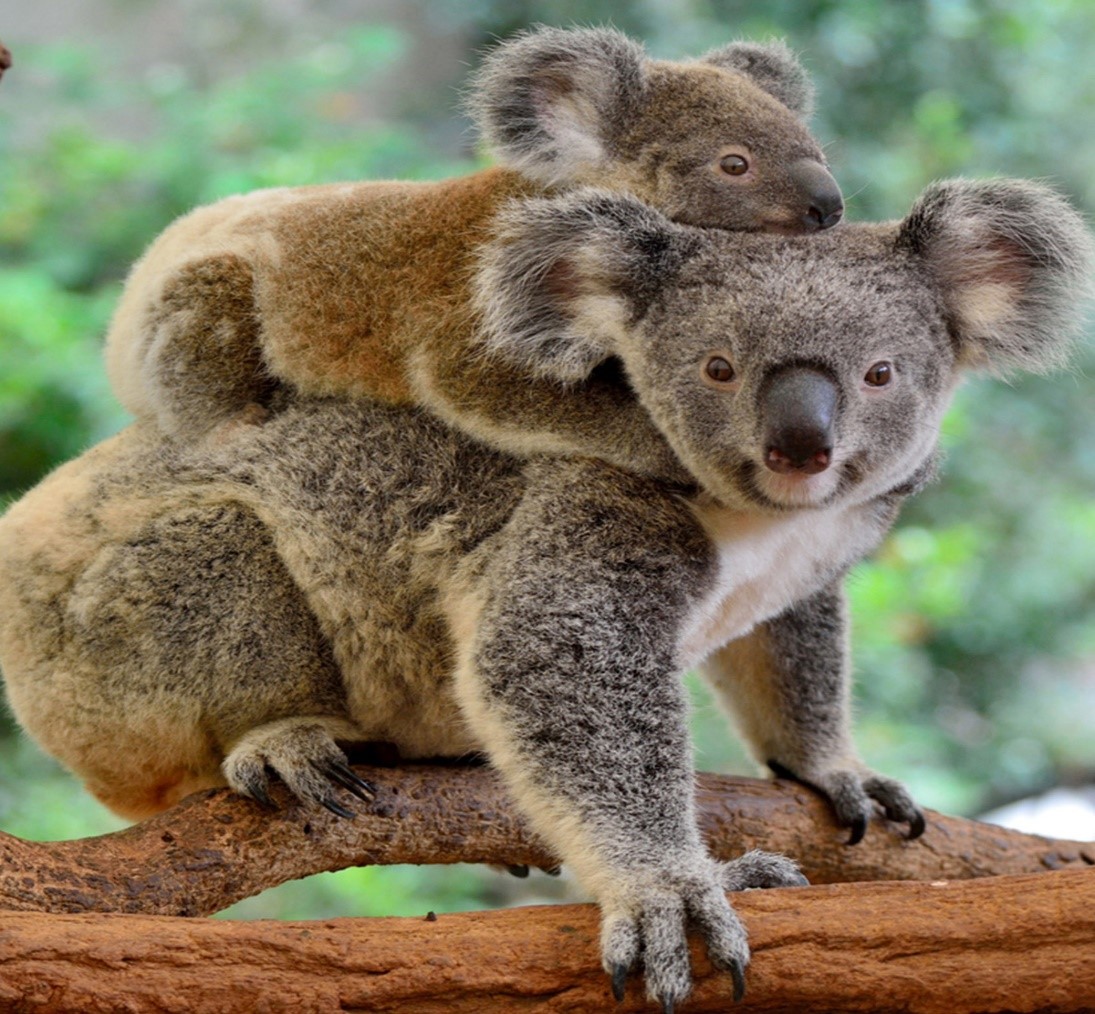
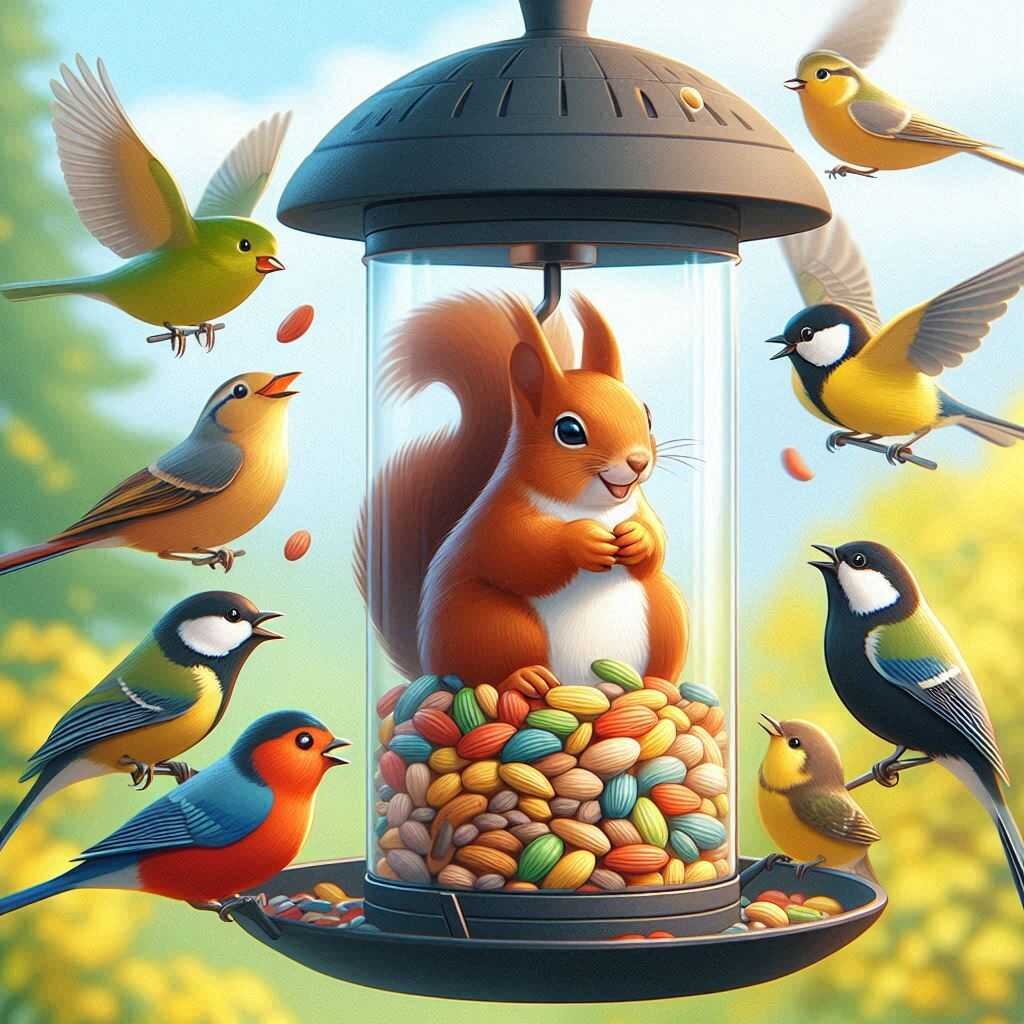

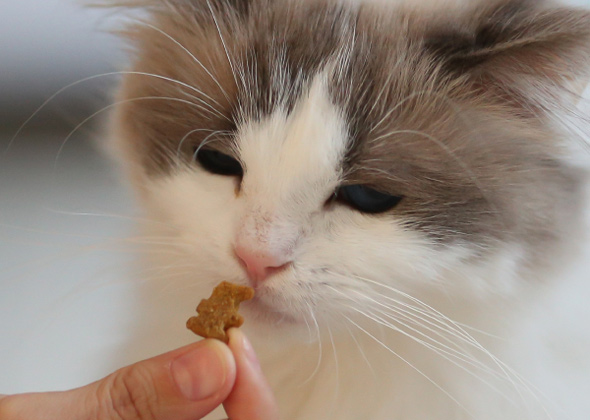
Amir Farooq – Wildlife Biologist
Amir Farooq – Wildlife Biologist
Amir Farooq is a dedicated Wildlife Biologist with expertise in ecology, animal behavior, and conservation. He collaborates with institutions to protect endangered species, conducts field research across diverse ecosystems, and addresses environmental threats. Passionate about sustainability, he strives to bridge science and conservation for future wildlife protection.